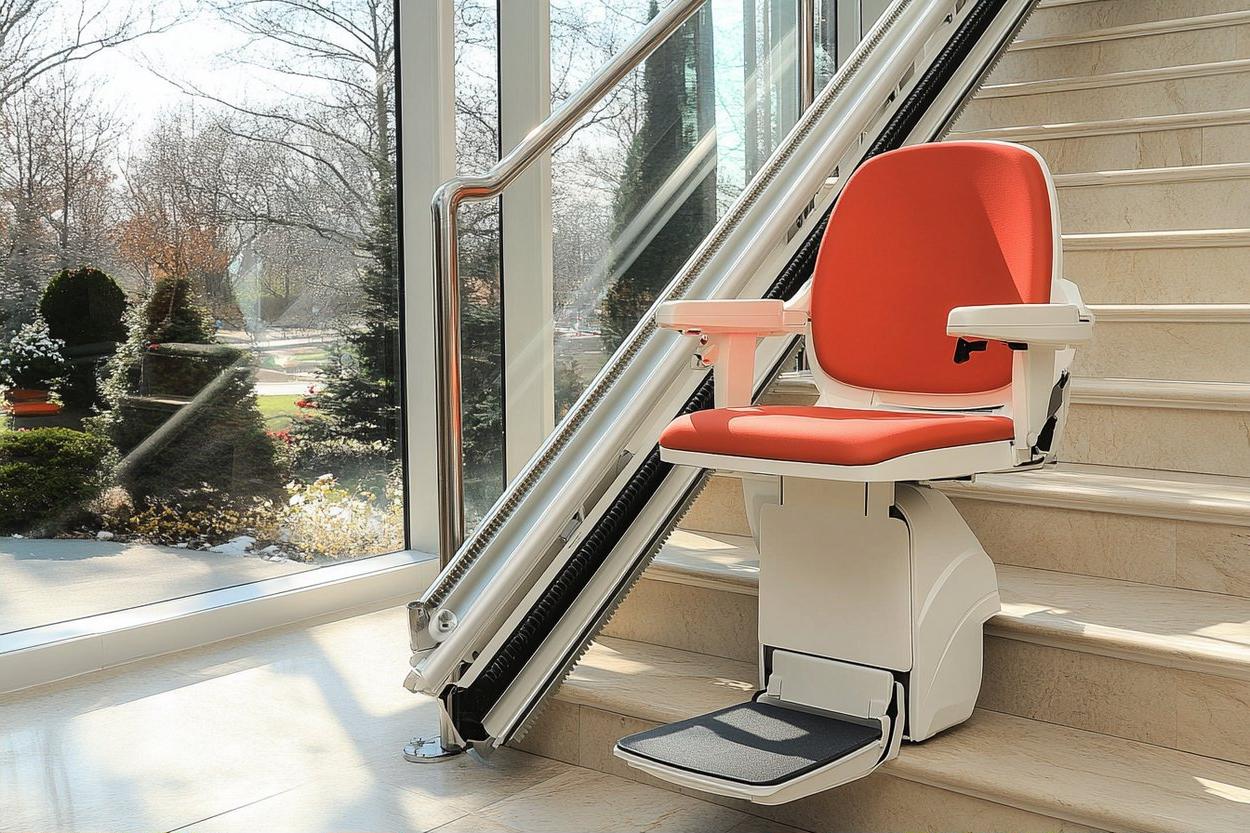Drain Cleaning : Simple DIY Fixes Every Homeowner Should Know!
Blocked drains are a common headache, but you don't always need to call in the pros. With the right techniques, many clogs can be cleared using basic tools or household items. These expert-approved drain cleaning tricks can save you time, stress, and money.
Understanding Common Drain Issues and Their Causes
Most drainage problems stem from predictable culprits that accumulate over time. In kitchen sinks, grease, food particles, and soap residue combine to create stubborn blockages that gradually reduce water flow. Bathroom drains typically suffer from hair, soap scum, and mineral deposits that build up along pipe walls.
Toilet blockages usually result from excessive toilet paper, foreign objects, or items that should never be flushed. Floor drains and outdoor drains often become clogged with leaves, dirt, and debris that wash in during heavy rainfall. Understanding these common causes helps homeowners identify the most appropriate cleaning method for each situation.
Early warning signs include slow drainage, gurgling sounds, unpleasant odours, and water backing up. Addressing these symptoms promptly prevents complete blockages that require more intensive intervention.
The Best DIY Tricks for Unclogging Drains Quickly
Several proven techniques can effectively clear blocked drains without calling a professional. The plunger remains one of the most effective tools for toilet blockages and can work well on sink drains when used correctly. Ensure you have the right type - cup plungers for sinks and flange plungers for toilets.
Hot water flushing can dissolve soap buildup and loosen minor blockages. Pour a kettle of boiling water down the drain in stages, allowing it to work between pours. This method works particularly well for kitchen sinks affected by grease accumulation.
Wire coat hangers can be straightened and fashioned into retrieval tools for hair and debris in bathroom drains. Create a small hook at one end to grab blockages, then flush with hot water to clear remaining residue.
The dish soap method involves squirting a generous amount of washing-up liquid into blocked toilets, letting it sit for 20-30 minutes, then flushing with hot water. The soap acts as a lubricant, helping waste move through the pipes more easily.
Natural Remedies for Drain Cleaning
Chemical drain cleaners can damage pipes and harm the environment, making natural alternatives increasingly popular. The classic bicarbonate of soda and vinegar combination creates a fizzing reaction that can break down organic matter and freshen drains.
Pour half a cup of bicarbonate of soda down the drain, followed by half a cup of white vinegar. Cover the drain with a plug or cloth to contain the reaction, wait 15-30 minutes, then flush with hot water. This method works well for regular maintenance and minor blockages.
Salt and hot water create an abrasive solution that can help break down buildup. Mix half a cup of table salt with boiling water and pour slowly down the drain. The salt acts as a scouring agent whilst the hot water helps dissolve organic matter.
Biological enzyme cleaners contain natural bacteria that consume organic waste in pipes. These products work slowly but safely, making them excellent for regular maintenance rather than emergency blockages.
Advanced Tools for Tackling Stubborn Clogs
When simple methods prove insufficient, several affordable tools can handle more challenging blockages. Drain snakes, also called drain augers, consist of flexible metal cables that can navigate pipe bends to break up or retrieve stubborn clogs.
Manual drain snakes cost between £10-30 and work well for most household drains. Insert the cable into the drain, turn the handle to extend it through the blockage, then pull back whilst turning to grab or break up the obstruction.
Drain rods are useful for outdoor drains and longer pipe runs. These sectional rods screw together to create the necessary length for reaching distant blockages. Always turn rods clockwise to prevent them from unscrewing in the drain.
Wet and dry vacuum cleaners can sometimes extract blockages when set to suction mode. Create a tight seal around the drain opening and use short, sharp suction bursts rather than continuous operation.
Preventative Measures for Keeping Drains Clear
Prevention proves far more effective than cure when managing household drainage. Installing drain guards in sinks and showers catches hair, food particles, and debris before they enter pipes. These inexpensive devices require regular cleaning but significantly reduce blockage frequency.
Avoid pouring fats, oils, and grease down kitchen sinks. Instead, allow these substances to solidify, then scrape them into general waste. Even small amounts of cooking oil can combine with other debris to create stubborn blockages over time.
Regular maintenance cleaning using natural methods helps prevent serious blockages from developing. Monthly treatment with bicarbonate of soda and vinegar keeps pipes flowing freely and eliminates odours before they become problematic.
Be mindful of what gets flushed down toilets. Only human waste and toilet paper should enter the sewage system. Items like wet wipes, cotton buds, and sanitary products can cause blockages even when labelled as flushable.
Professional Services and Cost Considerations
While DIY methods solve many drainage issues, some situations require professional intervention. Recurring blockages, multiple affected drains, or sewage backing up indicate problems beyond typical household remedies. Local drainage services typically charge between £80-150 for standard callouts, with additional costs for complex blockages or pipe repairs.
Emergency callouts outside normal working hours often cost £150-300, making DIY solutions particularly valuable for out-of-hours problems. Many drainage companies offer fixed-price drain clearance services, providing cost certainty for budget-conscious homeowners.
Prices, rates, or cost estimates mentioned in this article are based on the latest available information but may change over time. Independent research is advised before making financial decisions.
Most drainage problems respond well to simple DIY interventions when addressed promptly. Understanding common causes, having the right tools available, and implementing preventative measures significantly reduces the likelihood of serious blockages developing. While professional services remain necessary for complex issues, homeowners equipped with basic knowledge and simple tools can handle most routine drainage maintenance confidently and cost-effectively.





